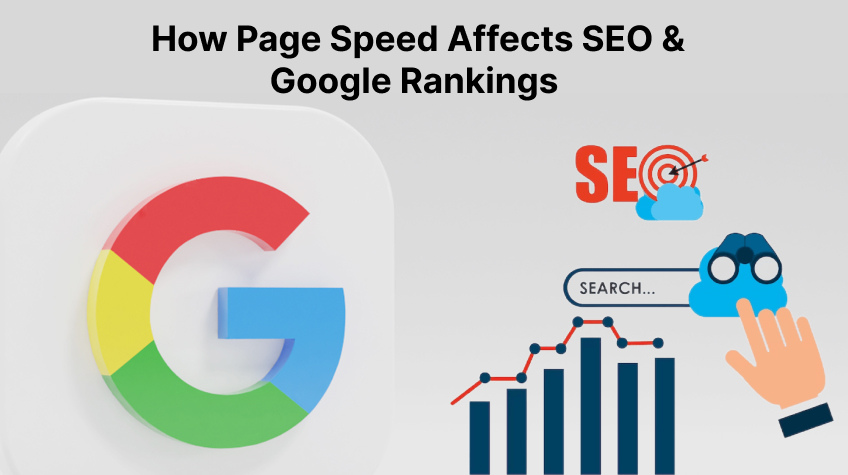Page speed is a direct ranking factor for both desktop and mobile search results. This means that faster-loading websites are generally more likely to rank higher in search engine results pages (SERPs) than slower-loading websites.
Page speed is a crucial factor in SEO ranking because it directly impacts user experience and search engine performance evaluation. Here's a detailed explanation of how page speed affects SEO rankings:
1. Core Web Vitals
Google uses Core Web Vitals as part of its ranking algorithm. These metrics assess the speed and usability of a webpage:
Largest Contentful Paint (LCP): Measures loading performance. Should be ≤ 2.5 seconds.
First Input Delay (FID): Measures interactivity. Should be ≤ 100ms.
Cumulative Layout Shift (CLS): Measures visual stability. Should be ≤ 0.1.
Impact: Slow loading pages may fail these metrics, resulting in lower rankings.
2. User Experience (UX)
Bounce Rate: If a page loads slowly, users may leave before it fully loads, increasing the bounce rate.
Time on Site: Faster pages keep users engaged longer, improving user retention metrics.
Conversion Rate: A faster page improves the likelihood of users completing actions, like making a purchase or signing up.
Impact: Poor UX from slow pages signals to Google that the site isn't meeting user needs, which can hurt rankings.
3. Mobile-First Indexing
Google prioritizes the mobile version of websites for indexing and ranking.
Slow-loading pages on mobile devices negatively impact mobile rankings.
Impact: A mobile-unfriendly, slow website performs poorly in search results, especially with increasing mobile traffic.
4. Crawl Budget
Search engine crawlers have a limited budget for crawling pages.
Slow-loading pages consume more resources, reducing the number of pages a crawler can visit.
Impact: Important pages may not be indexed efficiently, leading to lower visibility.
5. Competitive Edge
If two websites offer similar content, the faster-loading site is more likely to rank higher.
Users are more likely to revisit fast sites, increasing engagement and organic traffic.
Impact: Speed can be a tiebreaker when competing with similar content.
6. E-A-T Principles
E-A-T (Expertise, Authoritativeness, Trustworthiness) indirectly connects to speed:
A fast, well-optimized website builds trust.
Slow pages can appear unreliable, reducing perceived quality.
Impact: Trustworthiness influences user behavior, which affects rankings.
How to Improve Page Speed
Optimize Images:
Compress images using tools like TinyPNG or WebP format.
Use Caching:
Implement browser and server-side caching for faster load times.
Minimize CSS and JavaScript:
Remove unnecessary code and combine files.
Enable Content Delivery Network (CDN):
Serve content faster by using a network of servers.
Leverage Lazy Loading:
Load images and videos only when they come into view.
Choose Fast Hosting:
Invest in reliable hosting with optimized servers.
Measure Speed:
Use tools like Google PageSpeed Insights, GTmetrix, and Lighthouse to identify issues.
Real-Life Implications
Google Research:
A 1-second delay in page load time can lead to a 20% drop in conversions.
Amazon Example:
A 100ms increase in load time costs Amazon 1% in sales.
Conclusion
- Page speed is critical for:
- Higher search rankings.
- Improved user experience.
- Increased conversions and engagement.

